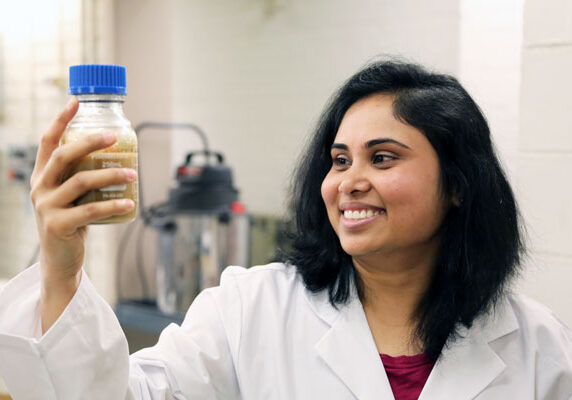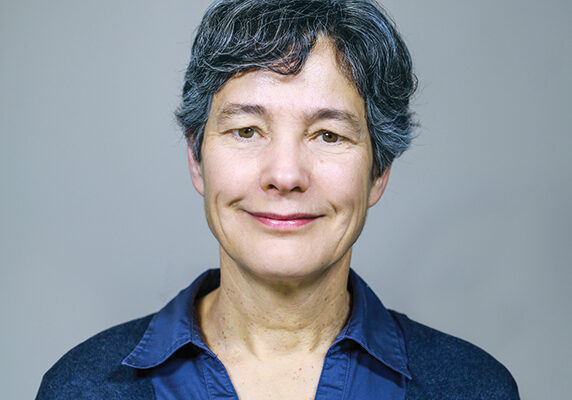
CivMin professor and alumna receive Engineers Canada Awards
Jennifer Drake and Helen Wojcinski honoured for distinguished contributions to Canada
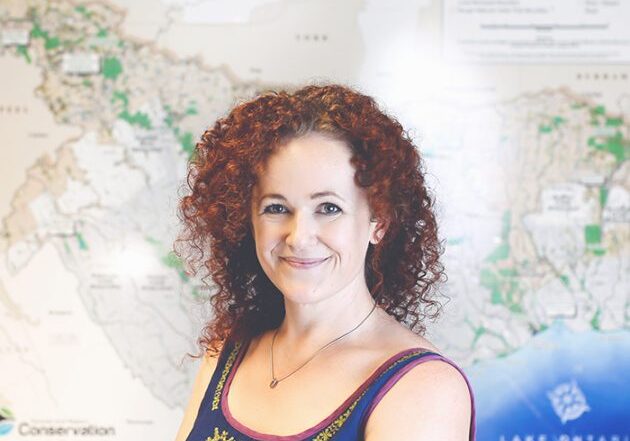
Going with the flow: Alumna Jenny Hill aims to improve stormwater management in Toronto and beyond
Jenny Hill left a career in crime forensics to become a leading expert in urban water engineering
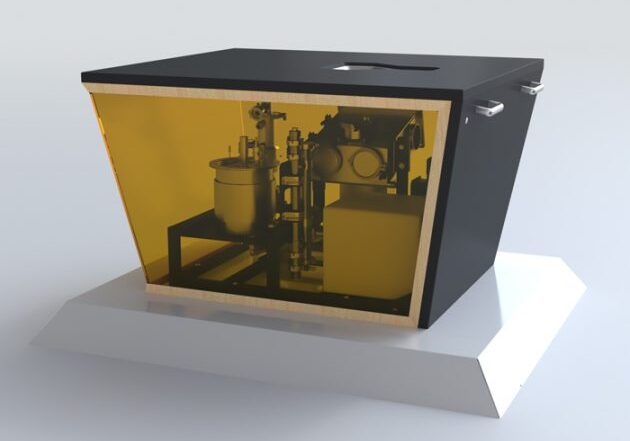
Reinventing the toilet: U of T Engineering team presents sustainable prototype in Beijing
Professor Yu-Ling Cheng’s latest prototype offers a self-contained sanitation solution for the more than 4 billion people without access to effective waste treatment

#EveryDropMatters: Five ways U of T Engineering research is improving water sustainability
New exhibit brings U of T Engineering water research and innovation to the CNE, Canada’s largest fair
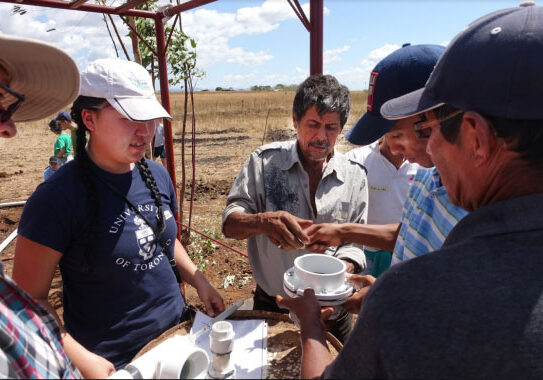
U of T Engineering invention could help Nicaraguan farmers save water
Electricity-free solution developed by master’s student ensures that water is delivered only when crops require it
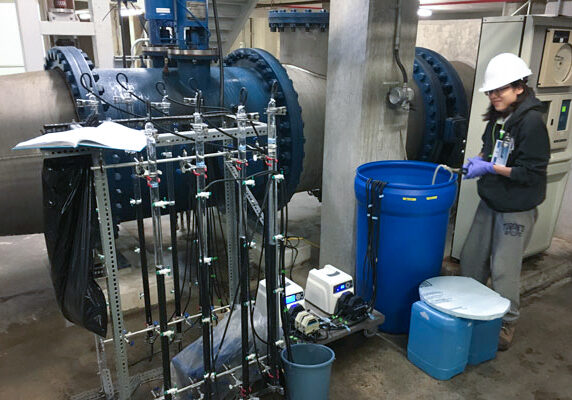
A window on the future: Institute for Water Innovation partners with industry and government on next-generation clean water technologies
Drinking Water Research Group at U of T Engineering works with municipalities and equipment manufacturers on new techniques for water treatment


